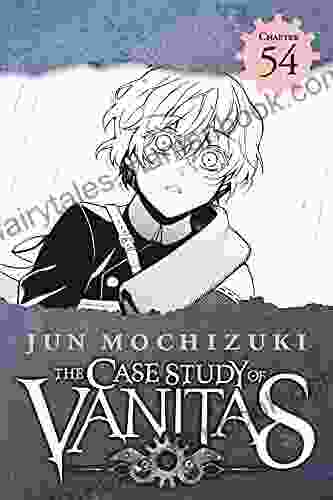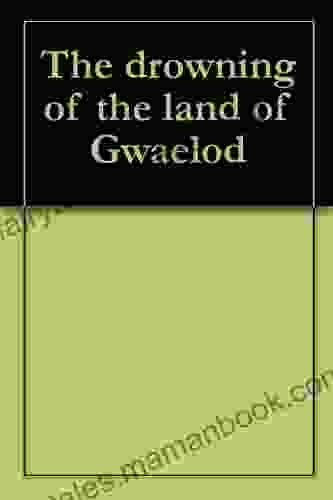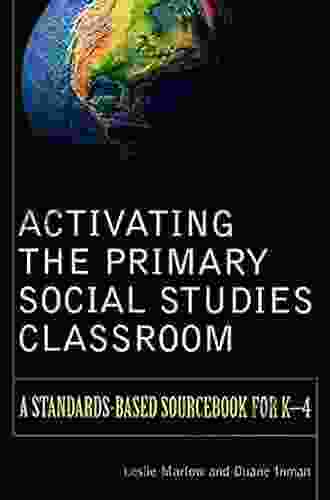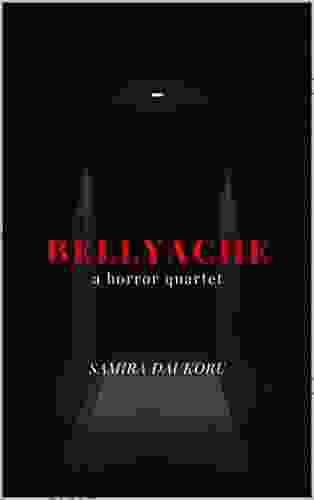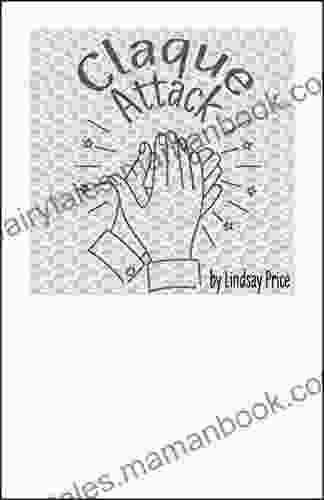Borrowed Objects and the Art of Poetry: Unveiling the Power of Allusion and Intertextuality

In the realm of poetry, the act of borrowing objects from the world around us is a powerful tool that poets employ to enhance the depth and complexity of their work. These borrowed objects, imbued with symbolic significance or resonant with cultural or literary associations, are skillfully woven into the fabric of poems to evoke a range of emotions, ideas, and connections.
Allusion: A Discreet Reference to Expand Meaning
Allusion, a subtle and evocative literary device, allows poets to make discreet references to other works of literature, art, history, or mythology. By alluding to familiar objects, characters, or events, poets can tap into a shared reservoir of cultural understanding and create a sense of intertextuality, where different works dialogue with each other.
4.9 out of 5
| Language | : | English |
| File size | : | 589 KB |
| Text-to-Speech | : | Enabled |
| Screen Reader | : | Supported |
| Enhanced typesetting | : | Enabled |
| Print length | : | 281 pages |
Example: T.S. Eliot's "The Waste Land"
In his seminal poem "The Waste Land," T.S. Eliot draws upon a myriad of allusions to evoke the fragmented and desolate nature of the modern world. The poem's opening lines, "April is the cruellest month," echo Geoffrey Chaucer's "The Canterbury Tales," establishing a link to medieval literature. Eliot's use of the Grail legend and the Fisher King further reinforces the poem's exploration of spiritual emptiness and the search for meaning.
Intertextuality: Embracing the Dialogue of Texts
Intertextuality, a broader concept than allusion, encompasses the ways in which texts interact, influence, and borrow from each other. Poets often engage in intertextual play by incorporating elements of other works into their own, creating a dialogue between texts and expanding the possibilities for interpretation.
Example: Ezra Pound's "The Cantos"
Ezra Pound's ambitious work "The Cantos" is a prime example of the intertextual approach in poetry. Pound draws inspiration from a vast array of sources, including Chinese history, Homeric epics, and contemporary events. Through these intertextual connections, Pound creates a complex and multifaceted narrative that explores themes of history, culture, and the search for order in a chaotic world.
Symbolism: The Power of Object as Representation
Borrowed objects often carry symbolic significance, embodying abstract concepts or emotions. By using objects as symbols, poets can create evocative imagery and convey layers of meaning beyond the literal.
Example: Emily Dickinson's "Because I could not stop for Death"
In Emily Dickinson's enigmatic poem "Because I could not stop for Death," the borrowed object of a carriage becomes a powerful symbol of the inevitable journey towards death. The carriage's leisurely pace and polite conversation with Death create a surreal and dreamlike atmosphere, enhancing the poem's exploration of mortality and the transition to the afterlife.
The Benefits of Borrowing
Incorporating borrowed objects into poetry offers numerous benefits for both poets and readers. By using this technique, poets can:
- Establish connections to other works of art, literature, or culture
- Evoke a range of emotions, ideas, and associations
- Create a sense of intertextuality and invite readers to explore the dialogue between texts
- Deepen the symbolic and thematic layers of their work
- Expand the possibilities for interpretation and reader engagement
Borrowed objects are essential tools in the art of poetry, allowing poets to craft works that resonate with depth, complexity, and intertextual richness. Through allusion, intertextuality, and symbolism, poets incorporate objects from the world around them and beyond, creating poems that challenge, inspire, and expand the boundaries of our imagination. By embracing the power of borrowed objects, poets invite readers to participate in a dynamic conversation that transcends time and space, connecting works of literature and fostering a deeper appreciation for the art of poetry.
4.9 out of 5
| Language | : | English |
| File size | : | 589 KB |
| Text-to-Speech | : | Enabled |
| Screen Reader | : | Supported |
| Enhanced typesetting | : | Enabled |
| Print length | : | 281 pages |
Do you want to contribute by writing guest posts on this blog?
Please contact us and send us a resume of previous articles that you have written.
 Top Book
Top Book Novel
Novel Fiction
Fiction Nonfiction
Nonfiction Literature
Literature Paperback
Paperback Hardcover
Hardcover E-book
E-book Audiobook
Audiobook Bestseller
Bestseller Classic
Classic Mystery
Mystery Thriller
Thriller Romance
Romance Fantasy
Fantasy Science Fiction
Science Fiction Biography
Biography Memoir
Memoir Autobiography
Autobiography Poetry
Poetry Drama
Drama Historical Fiction
Historical Fiction Self-help
Self-help Young Adult
Young Adult Childrens Books
Childrens Books Graphic Novel
Graphic Novel Anthology
Anthology Series
Series Encyclopedia
Encyclopedia Reference
Reference Guidebook
Guidebook Textbook
Textbook Workbook
Workbook Journal
Journal Diary
Diary Manuscript
Manuscript Folio
Folio Pulp Fiction
Pulp Fiction Short Stories
Short Stories Fairy Tales
Fairy Tales Fables
Fables Mythology
Mythology Philosophy
Philosophy Religion
Religion Spirituality
Spirituality Essays
Essays Critique
Critique Commentary
Commentary Glossary
Glossary Bibliography
Bibliography Index
Index Table of Contents
Table of Contents Preface
Preface Introduction
Introduction Foreword
Foreword Afterword
Afterword Appendices
Appendices Annotations
Annotations Footnotes
Footnotes Epilogue
Epilogue Prologue
Prologue Steve Brown
Steve Brown Dee Brown
Dee Brown Jason Kasper
Jason Kasper Dorie Hruska
Dorie Hruska Chester Nez
Chester Nez Dion Boucicault
Dion Boucicault Michael Mirdad
Michael Mirdad Ted Andrews
Ted Andrews Doug Lowe
Doug Lowe Evelyn M Wills
Evelyn M Wills Rachael Ray
Rachael Ray Jimmy Elliott
Jimmy Elliott Ed Catmull
Ed Catmull Esther Derby
Esther Derby Gary Wittmann
Gary Wittmann Alice Hoffman
Alice Hoffman Phoebe Wang
Phoebe Wang Blake Neri
Blake Neri Ross Davis
Ross Davis Anna King
Anna King
Light bulbAdvertise smarter! Our strategic ad space ensures maximum exposure. Reserve your spot today!
 Samuel Taylor ColeridgeFollow ·2.8k
Samuel Taylor ColeridgeFollow ·2.8k Jett PowellFollow ·15.3k
Jett PowellFollow ·15.3k Ryūnosuke AkutagawaFollow ·9.5k
Ryūnosuke AkutagawaFollow ·9.5k Jaime MitchellFollow ·10.1k
Jaime MitchellFollow ·10.1k Julian PowellFollow ·18.4k
Julian PowellFollow ·18.4k John ParkerFollow ·18.6k
John ParkerFollow ·18.6k Neal WardFollow ·5.7k
Neal WardFollow ·5.7k Liam WardFollow ·5.4k
Liam WardFollow ·5.4k
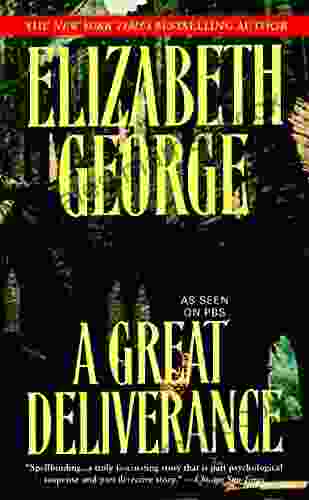
 Edwin Cox
Edwin CoxThe Great Deliverance Inspector Lynley: A Literary...
: In the realm of detective fiction,...

 Christian Carter
Christian CarterMetal Gear Solid Ground Zeroes Guide, Walkthrough, Tips,...
Metal Gear Solid...

 Branden Simmons
Branden SimmonsYellow Green: Not an Autobiography of Marcy Chen
Yellow Green:...

 Edward Reed
Edward ReedPurple Orchids: An Artistic Tale of Two Sisters in the...
Prologue: A Legacy Unveiled In the...

 Earl Williams
Earl WilliamsThe Evolving Housing Market Dynamics in Africa:...
The African housing market is a...

 William Faulkner
William FaulknerVoices In My Head: A Cerebral Symphony of Terror
In the labyrinthine...
4.9 out of 5
| Language | : | English |
| File size | : | 589 KB |
| Text-to-Speech | : | Enabled |
| Screen Reader | : | Supported |
| Enhanced typesetting | : | Enabled |
| Print length | : | 281 pages |



